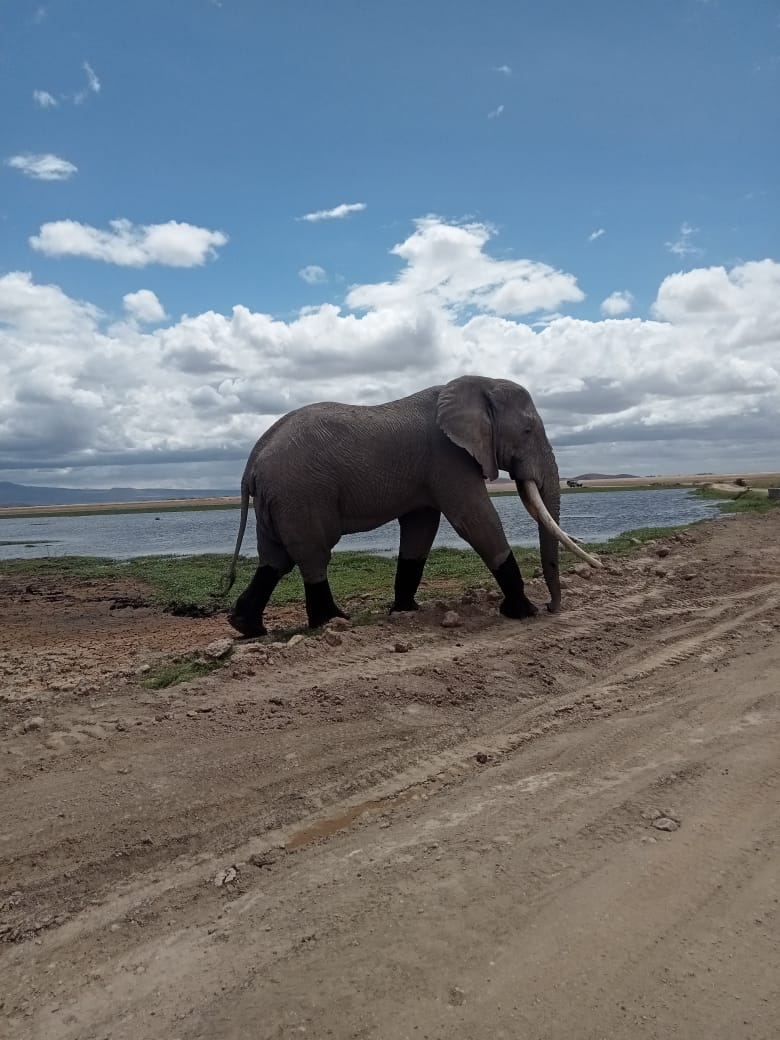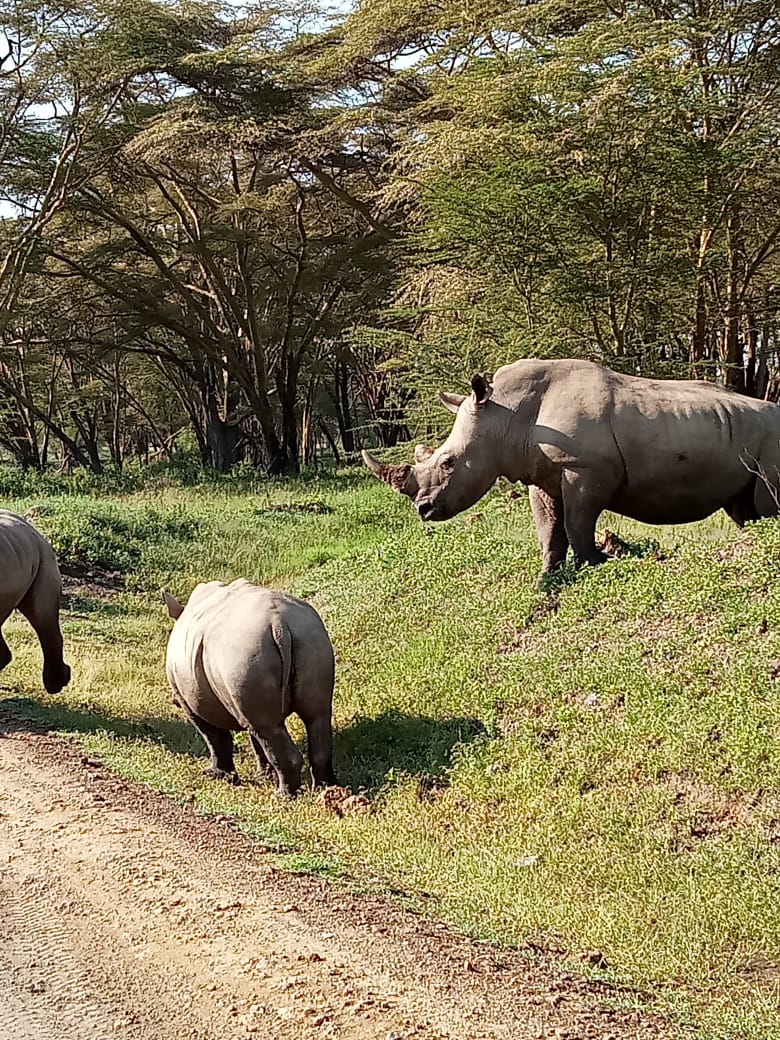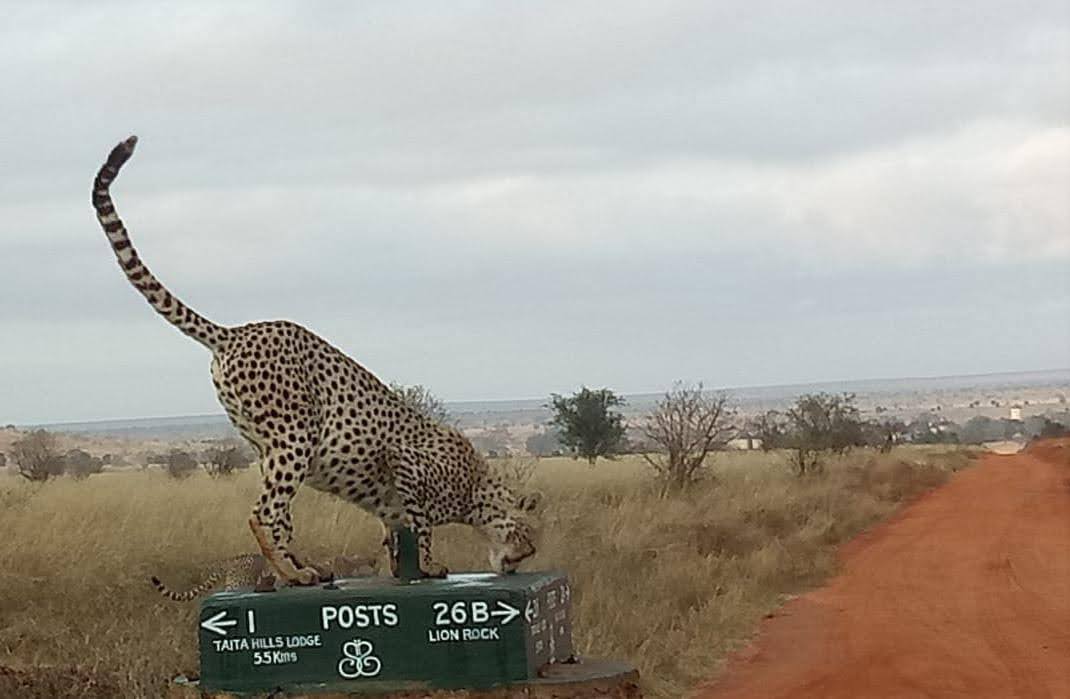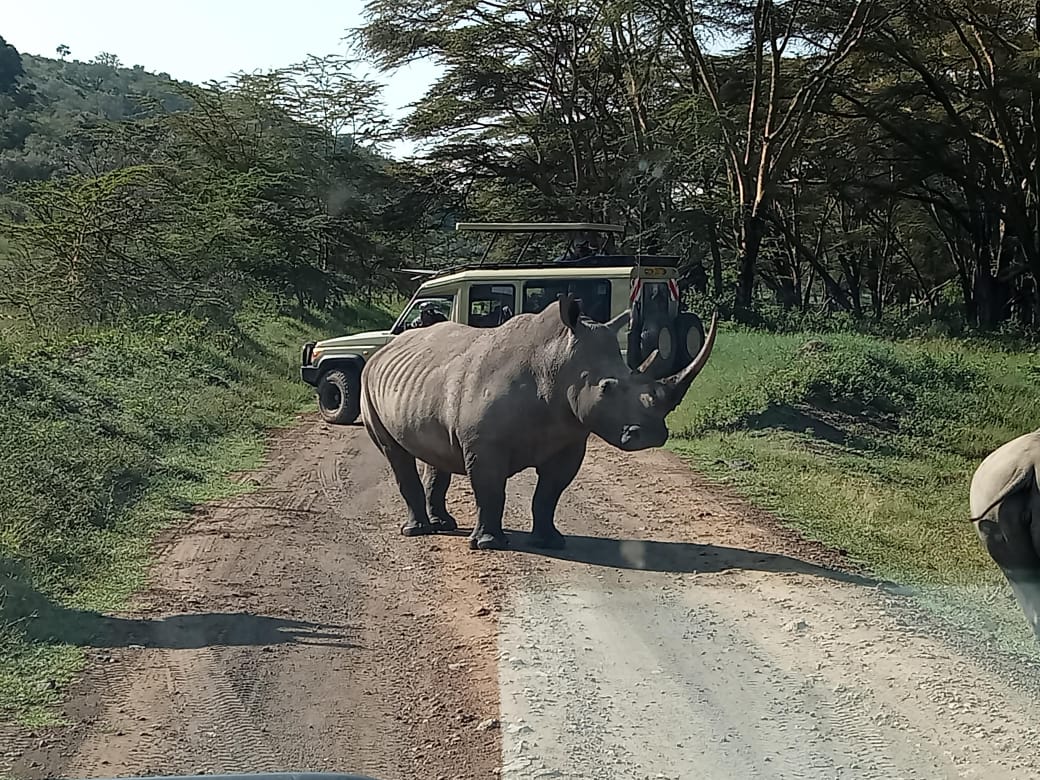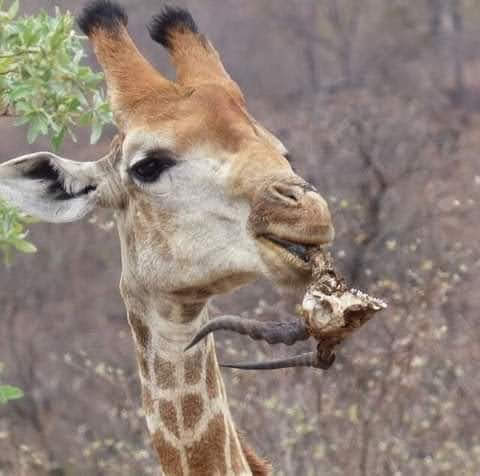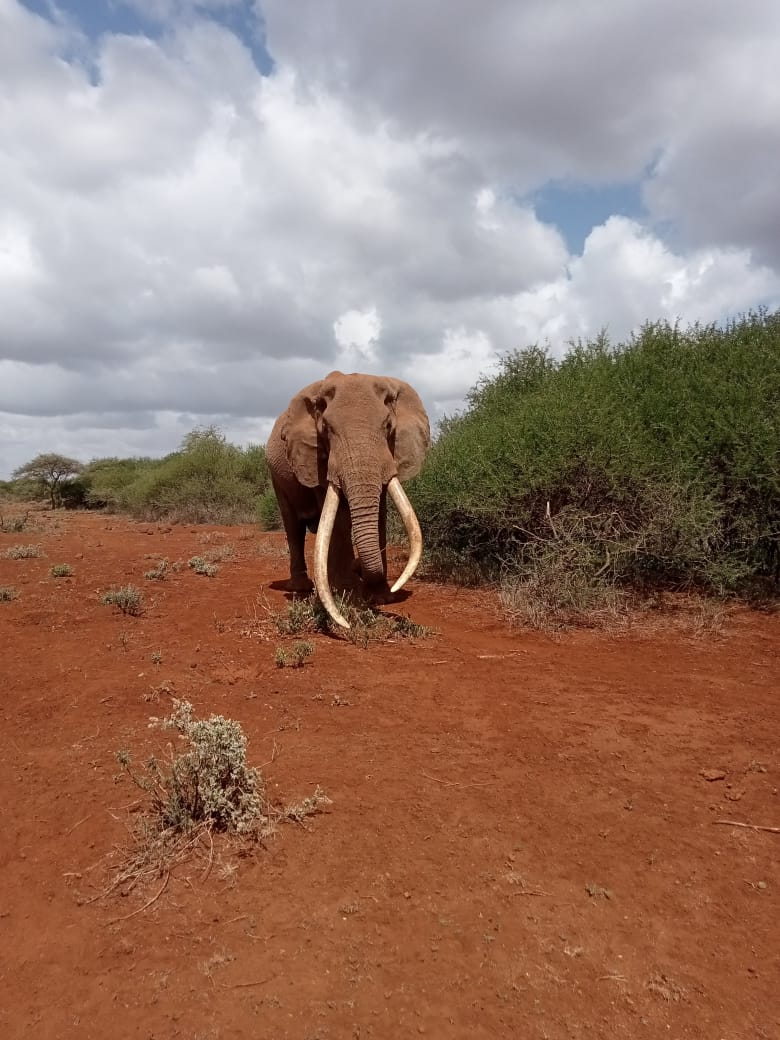Discover Samburu National Reserve: Kenya’s Hidden Safari Gem
Samburu National Reserve, located in northern Kenya along the banks of the Ewaso Ng’iro River, offers a unique and thrilling safari experience. Known for its arid landscapes and rare wildlife species, the reserve provides an off-the-beaten-path adventure for safari enthusiasts. Covering 165 square kilometers, Samburu is smaller than other popular parks but boasts an impressive variety of wildlife, including species not found elsewhere, such as the Samburu Special Five: the reticulated giraffe, Grevy’s zebra, Beisa oryx, Somali ostrich, and gerenuk.
Samburu’s blend of rugged terrain, palm-lined riverbanks, and cultural encounters with the local Samburu people makes it a must-visit destination for those seeking an authentic African safari.
General Overview of Samburu National Reserve
Samburu National Reserve lies on the northern edge of Kenya’s safari circuit and is part of the larger Samburu ecosystem, which also includes Buffalo Springs and Shaba National Reserves. Established in 1962, it is named after the Samburu people, a semi-nomadic tribe closely related to the Maasai. The reserve is characterized by semi-arid savannah, rocky hills, and open plains, offering both scenic beauty and opportunities to spot rare wildlife.
The Ewaso Ng’iro River is the lifeline of the reserve, attracting animals to its banks, especially during the dry season. With fewer tourists than parks like Masai Mara, Samburu offers a peaceful, intimate safari experience with uncrowded game drives.

How to Get to Samburu National Reserve
Reaching Samburu National Reserve is straightforward, with both road and air options available:
By Road:
From Nairobi: Samburu is located about 350 kilometers north of Nairobi, a drive that takes approximately 6-7 hours. The route via Nanyuki offers scenic views of Mount Kenya.
From Isiolo: Samburu is only about 90 minutes by road from the town of Isiolo, which serves as a major access point.
By Air:
Charter flights from Nairobi’s Wilson Airport can land at Samburu Oryx Airstrip or Buffalo Springs Airstrip, making the reserve accessible in just 1 hour by air.
Best Time to Visit Samburu National Reserve
Samburu National Reserve offers excellent wildlife viewing year-round, but the seasons can impact the experience:
Dry Season (June to October):
This is the best time for wildlife viewing. Animals gather around the river and waterholes, and the dry vegetation makes them easier to spot. Clear skies also enhance the beauty of the landscape.Wet Season (November to May):
Although some roads may become difficult to navigate, the reserve transforms into a lush, green landscape during the rainy season. This period is ideal for birdwatching, as migratory species flock to the area. Baby animals are often born during the wet season, offering a chance to see young wildlife.Shoulder Seasons:
Early November and late April are quieter times, with fewer tourists and mild weather, offering a peaceful safari experience.
Samburu National Reserve Lodges & Camps – Accommodation Overview
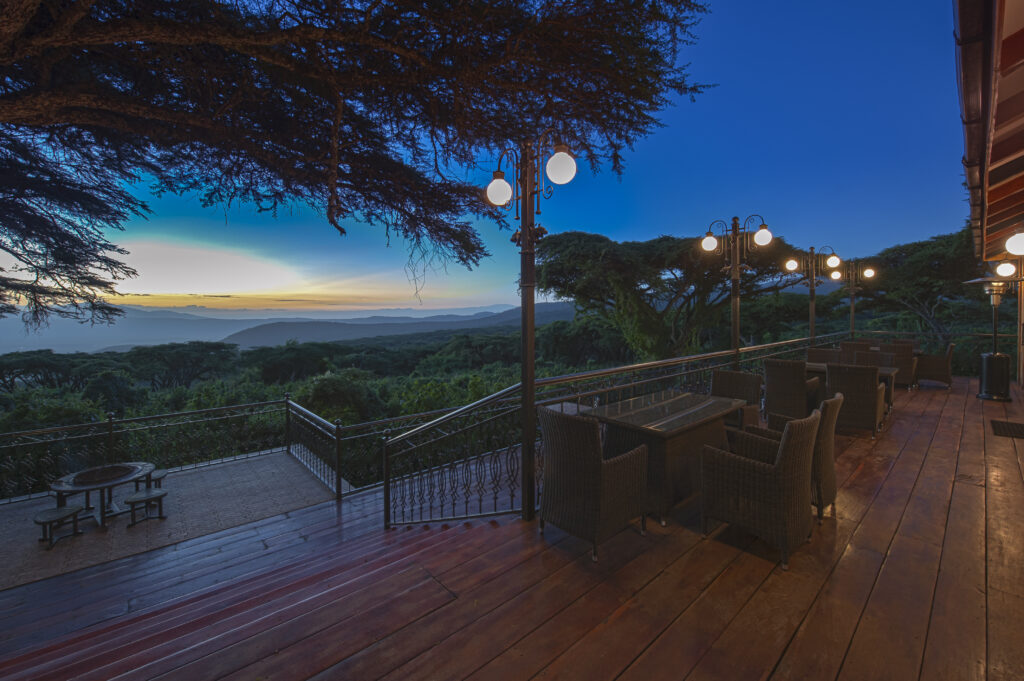
Samburu offers a range of accommodation options, from luxury lodges to budget campsites, ensuring a comfortable stay for all types of travelers.
Luxury Lodges:
Sasaab Lodge: A high-end lodge offering stunning views over the Ewaso Ng’iro River, with private pools and luxurious suites.
Elephant Bedroom Camp: Located on the riverbanks, this intimate camp provides close encounters with wildlife.
Mid-Range Camps:
Ashnil Samburu Camp: This well-appointed camp offers spacious tents with en-suite facilities and views of the river.
Samburu Intrepids Camp: Known for its family-friendly atmosphere, this camp provides excellent service and game drive experiences.
Budget Campsites:
Riverside Campsite: A basic but scenic campsite along the river, perfect for adventurous travelers looking to experience the wild up close.
Samburu National Reserve Safari Experience
A safari in Samburu offers exciting game drives, cultural interactions, and scenic beauty.
Game Drives:
Morning and evening game drives are ideal for spotting wildlife, as animals are more active during these times. The game drive routes often follow the river, offering excellent viewing opportunities.Walking Safaris:
Guided walking safaris allow visitors to explore the wilderness on foot, gaining insight into the flora and smaller wildlife.Cultural Tours:
A visit to a Samburu village provides an authentic cultural experience, offering a glimpse into the traditions, dress, and lifestyle of the Samburu people.Birdwatching:
With such a wide variety of bird species, dedicated birdwatchers can enjoy guided birdwatching tours to spot both resident and migratory birds.
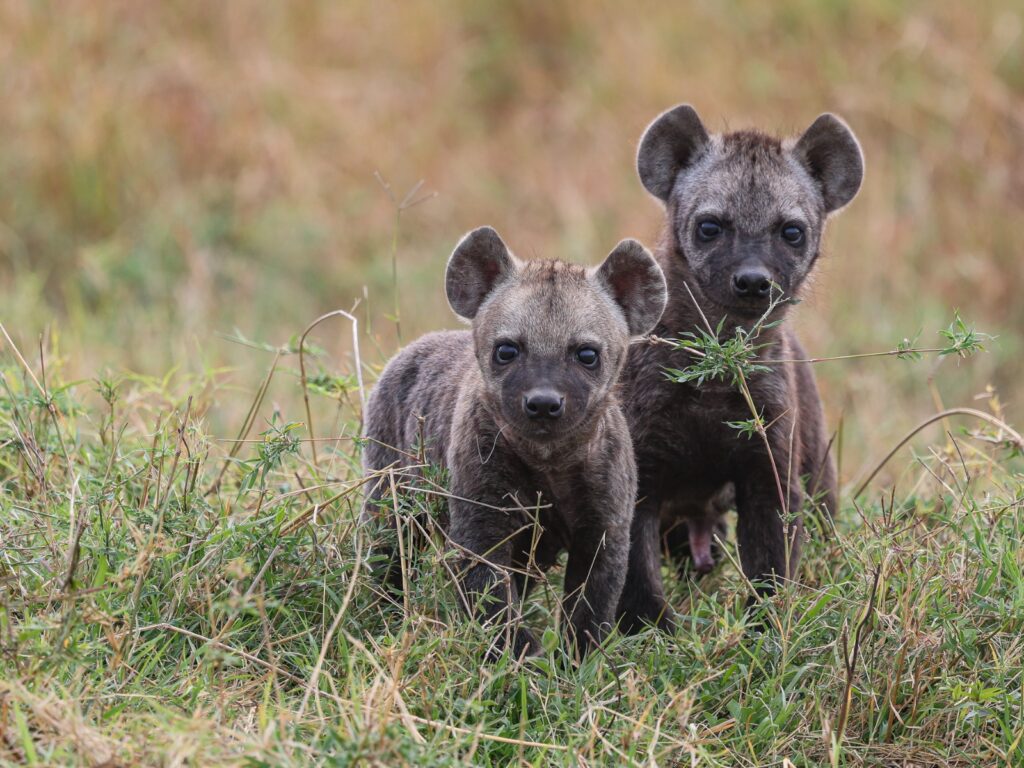
Wildlife & Landscape of Samburu National Reserve
Samburu National Reserve is home to an extraordinary variety of wildlife, including rare species that thrive in its arid environment.
Samburu Special Five:
Reticulated Giraffe: Distinguished by its striking pattern of white lines on a dark coat.
Grevy’s Zebra: Larger and with thinner stripes than the common plains zebra.
Beisa Oryx: A type of antelope with long, straight horns and a sleek, sandy coat.
Somali Ostrich: Known for its bluish legs and neck, different from the common ostrich.
Gerenuk: A long-necked antelope that stands on its hind legs to browse tree leaves.
Other Wildlife:
Samburu also hosts elephants, lions, leopards, cheetahs, buffalo, and crocodiles. Predators like the lion and cheetah are common, often seen stalking prey along the riverbanks.Birdlife:
With over 450 bird species recorded, Samburu is a birdwatcher’s haven. Look out for African fish eagles, kingfishers, and the colorful vulturine guinea fowl.Landscape:
The reserve’s landscapes are diverse, ranging from acacia woodlands and scrublands to rocky hills and riverine forests along the Ewaso Ng’iro River.
Points of Interest in Samburu National Reserve
Ewaso Ng’iro River:
The river is the heart of the reserve, attracting wildlife and offering scenic game drives along its banks.The Singing Wells:
Local Samburu people sing traditional songs to their livestock as they draw water from these wells, providing a unique cultural experience.Buffalo Springs and Shaba Reserves:
These neighboring reserves offer additional safari opportunities and are easily accessible from Samburu.Larsen’s Rocks:
This scenic viewpoint offers panoramic views of the reserve, perfect for photography enthusiasts.Samburu Villages:
A visit to a local village offers insight into the culture and traditions of the Samburu people, including their beadwork and dance.

Samburu National Reserve FAQs
Yes, the reserve is safe for tourists. Tour operators and lodges take all necessary precautions to ensure visitor safety.
Guided game drives are the best way to explore the reserve, but walking safaris and cultural tours offer unique experiences.
In addition to the Big Cats, Samburu is known for its unique wildlife, including the Samburu Special Five and large elephant herds.
The reserve is about 350 kilometers from Nairobi, a 6-7 hour drive. Alternatively, you can fly to the Samburu Oryx Airstrip in 1 hour.
Pack lightweight clothing, sunscreen, a hat, insect repellent, binoculars, and a camera.
Yes, many lodges cater to families, and the reserve offers activities that are suitable for children.
